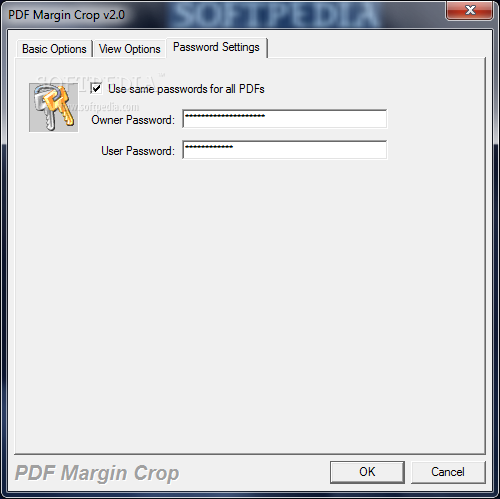
Apple Pages actually gets it right and has a MUCH better interface for working with styles, but I can't create 'sets' or carry them over between documents. Again, though klunky, their use of styles is accurate (MS Word screws this one up like crazy. The reason I use it is because, klunky though it may be, Mellel has figured out how to manage working with long docs better than other word processors.

Quite frankly, I don't need it for that feature. I know you mention that Mellel is for a select group of people that need certain text support, but I certainly hope the developer has a much less myopic view of his product than that. Where this selection thing becomes especially annoying is in working with tables, which is still terribly awkward in Mellel. MS Word has also had it available in their Mac products for as long as I can remember. I've been able to select non-contiguous files in the Finder for years. Perhaps there was no system-wide 'hook' for such selections for developers, but non-contiguous selection has long been a core part of the system. I've been using Mac since its Classic days. You say that non-contiguous text selection was only introduced in os 10.4, but that seems off to me. Make sure the "Add Links" box is checked.Thanks for your informative replies. They should either use the web based converter or a PC to convert their document.Īcrobat PDFMaker preferences. Mac users will not find these options in current versions of Adobe Acrobat. Check in the preferences that the “Add Links” box is checked. This text can be edited, but if you update the entire table of contents, it will revert to the original text.Ĭonvert your document to PDF using the “Create PDF” command on the PDF tab in Word. Note that the items shaded in grey are field codes. styles to meet your formatting preferences. The resultant TOC will include all relevant sections. Grey areas are field codes that are automatically generated by Word. Click “OK” Sample table of contents in Word.

Heading 6 is also a level 1 heading for your table of contents. Heading 1 will be level 1 in your table of contents, Heading 2 will be level 2, Heading 3 will be level 3. Click on “Options…”Ĭheck the box “Styles” and scroll down to find the Heading styles. Make sure that a tab leader of periods is selected, and that the page numbers are right aligned. The drop-down menu selector for "Table of Contents" Select “Insert Table of Contents…” from the drop-down menu. In Word, put your cursor where you would like the TOC to appear, go to the “References” tab in Word, and click on “Table of Contents.” The table of contents section of the References tab in Word. If you are not using Word to number your chapters, you may use Heading 1 in place of Heading 6 in the example shown above. If you only have one sub-section in each chapter, you may use Headings 3 and 4, for example.


The use of Heading 6 and 7 in the above sample is arbitrary. Table of Contents (Heading 7, not included in Table of Contents) If you are using a numbered style for your outline, suggested styles are shown below for a generic document structure: To start, use styles consistently throughout your document to create a structure in your document. This tutorial will show you how to create a hyperlinked table of contents using Word and Adobe Acrobat on the PC. Hyperlinks allow a reader to click on any part of your table of contents and navigate directly to that page. Having a table of contents (TOC) with hyperlinks is one requirement of the procedures to submit a thesis or dissertation. Visiting Scholar and Exchange Student Online English Language Assessments.


 0 kommentar(er)
0 kommentar(er)
